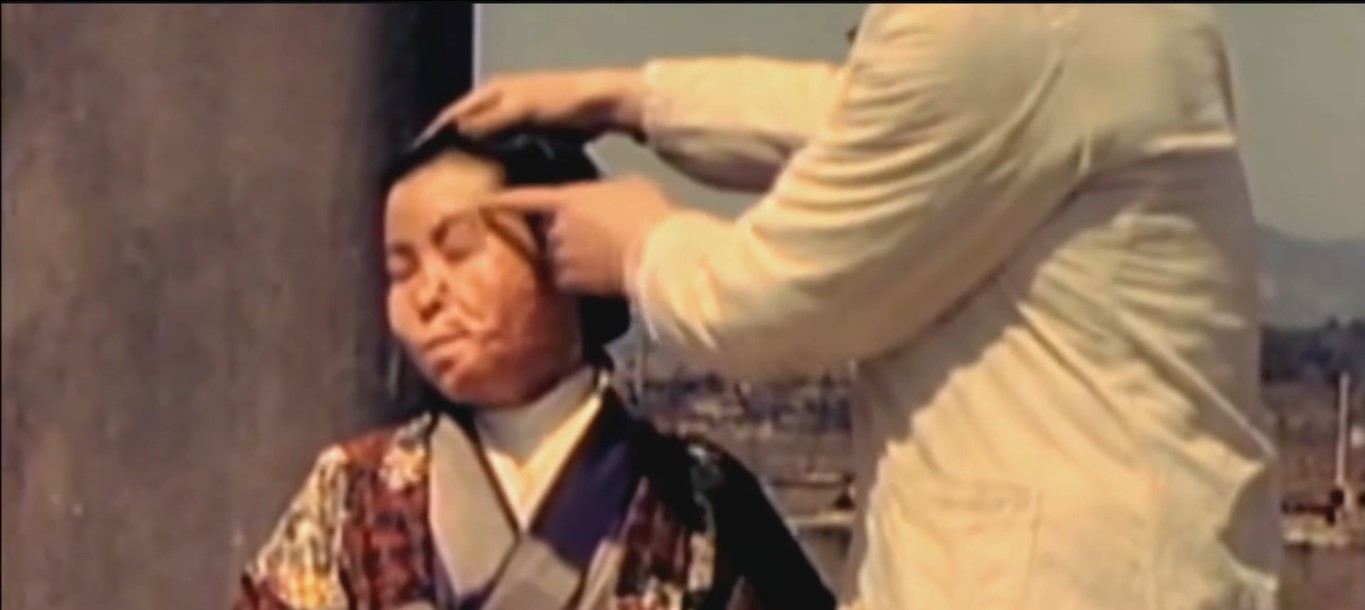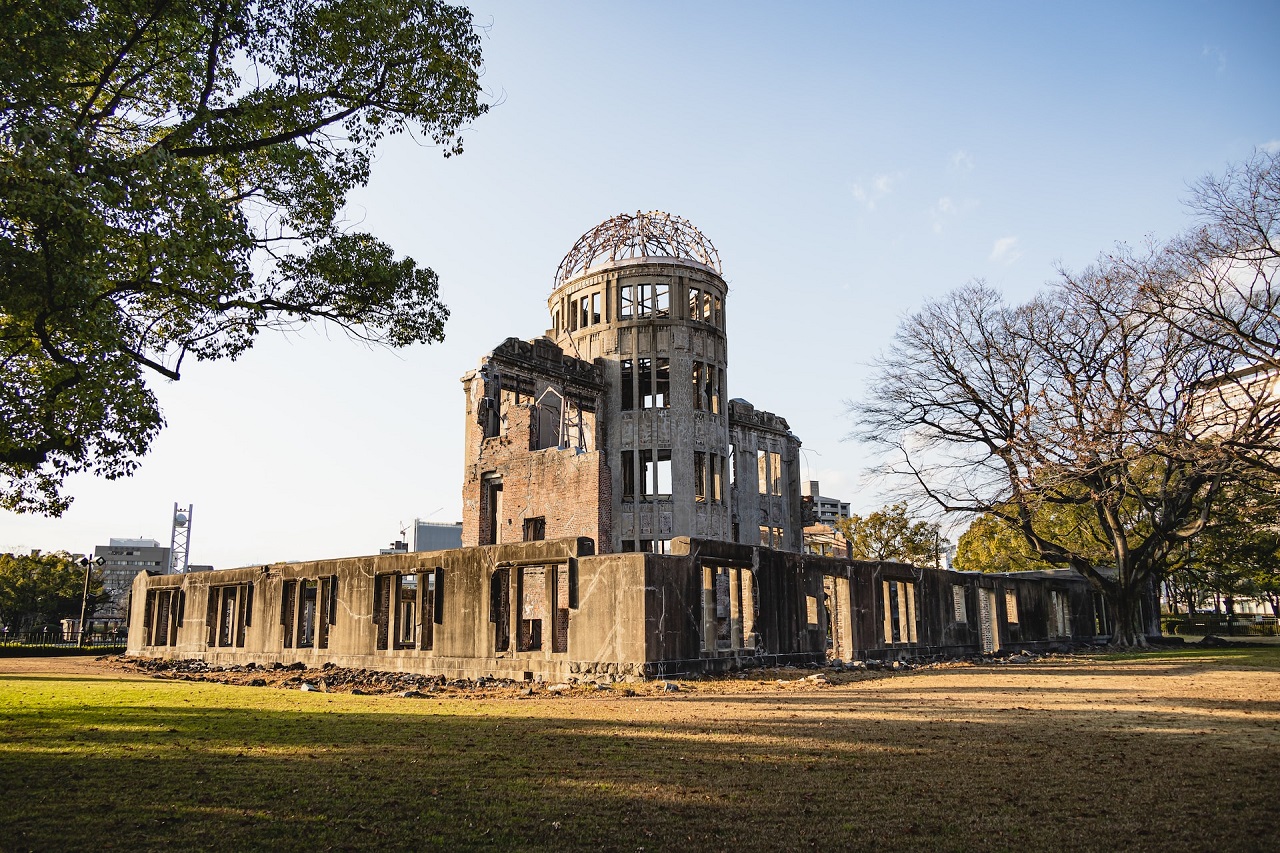Survivors Of Hiroshima - When The Dreadfulness Lives On
As we delve into the lives of the survivors of Hiroshima, we encounter a tapestry of emotions. There’s pain, there’s grief, there’s loss. Still, there’s strength, determination, and hope. Each of them became a living testament to the resilience of the human heart, reminding the world about love, courage, and hope.
Author:Elisa MuellerReviewer:Iram MartinsJul 30, 20235.8K Shares119.1K Views
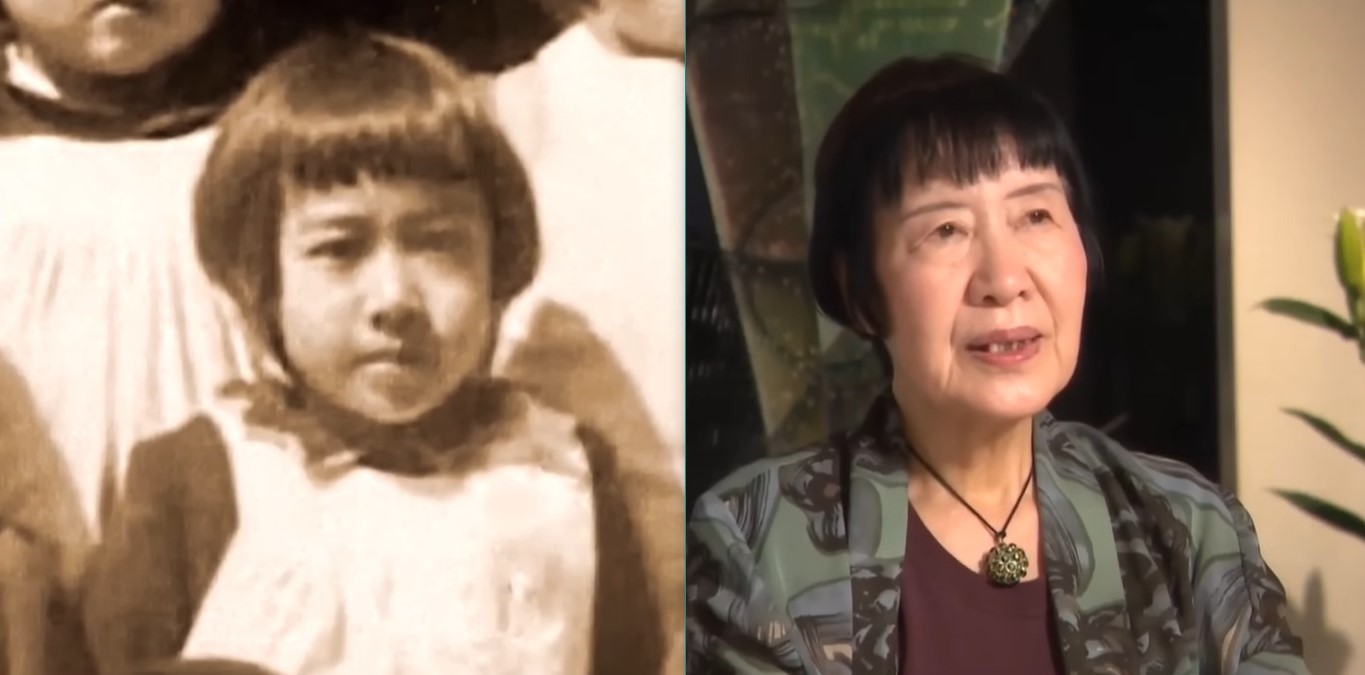
In the heart of a city once vibrant and alive, lies stories etched into the very fabric of humanity - the stories of the survivors of Hiroshima.
Theirs are tales of unimaginable horror and unparalleled resilience.
As the world stood witness to the devastating power of the atomic bomb, lives were torn asunder, and the streets of Hiroshima were forever transformed into a canvas of sorrow.
In the blink of an eye, homes turned to rubble, dreams turned to ashes, and a haunting silence enveloped the city, leaving only echoes of what once was.
Amidst the rubble and chaos, however, emerged a glimmer of hope, a testament to the unyielding spirit of humanity.
The survivors of Hiroshima, with their indomitable will, embraced the scars of their past and shared their stories to urge us to never forget the lessons of the Hiroshima bombing.

Rare video shows Hiroshima after atomic bomb
The Atomic Bombing Of Hiroshima
The atomic bombing of Hiroshima was a pivotal event in world history that occurred during World War II.
On August 6, 1945, at 8:15 A.M. (time in Japan), the United States dropped an atomic bomb on the city of Hiroshima in Honshu Island, Japan.
The bombing was a significant military action that led to the deaths of tens of thousands of people and marked the first use of nuclear weapons in warfare.
Reasons for the atomic bombing of Hiroshima:
a. End of World War II
By 1945, World War II (September 1939-September 1945) was entering its final stages, and the Allies (Great Britain, the Soviet Union, the United States) were pushing towards the defeat of Japan.
The use of atomic bombs was seen as a way to bring a swift end to the war and avoid the need for a costly and bloody invasion of the Japanese mainland.
While aboard the U.S. Navy cruiser USS Augusta, President Harry S. Truman read a statement about the atomic bombing of Hiroshima. Part of what he said:
“„We shall destroy their docks . . . factories . . . communications . . . we shall completely destroy Japan’s power to make war.- U.S. President Harry S. Truman (1884-1972)
b. Demonstration of Power
Some American policymakers and military leaders believed that bombing Hiroshima would not only hasten the end of the war.
It would also send a strong message to the Soviet Union, which was a potential post-war rival.
c. Japanese Refusal to Surrender
Japan had shown no indication of surrendering unconditionally despite the ongoing Allied bombing campaigns and the destruction of several major Japanese cities.
The Japanese military and government were determined to fight to the end, and surrender negotiations were not progressing.
d. Saving Allied Lives
The Allied forces, particularly the United States, were concerned about the high potential casualties that an invasion of the Japanese mainland would entail.
e. Psychological Warfare
The atomic bombing of Hiroshima was intended to shock and demoralize the Japanese leadership and population, potentially breaking their will to continue the war.
It had a profound impact on Japan and the world.
On August 15, 1945, Emperor Hirohito (1901-1989) announced Japan’s surrender, officially ending World War II.
| Fast Facts | Details |
| Bomb Type | uranium 235 gun-type bomb |
| Bomb’s Code Name | Little Boy |
| Length | 10 feet |
| Diameter | 28 inches |
| Weight | 9,700 pounds (approx. 4,399.8 kilograms) |
| Force (Power) | over 20,000 tons of trinitrotoluene (TNT) |
| Aircraft Used (to drop it) | B-29 Superfortress (“Enola Gray”) |
| Aircraft Pilot | Paul W. Tibbets Jr. (1915-2007) |
| Distance (from the ground when dropped) | from 31,000 feet |
| Exploded | approx. 1,500 feet above Hiroshima |
Hiroshima Aftermath Victims
The Hiroshima bombing during World War II had devastating consequences for the city and its inhabitants.
The aftermath was characterized by:
- widespread destruction
- immediate and long-term health effects on the survivors of Hiroshima
- significant political and moral implications for the use of nuclear weapons
a. Immediate Impact
The atomic bomb released an immense amount of energy in the form of:
- heat
- blast
- radiation
The blast utterly destroyed buildings within a 2-kilometer radius of the hypocenter and caused extensive damage up to 4.5 kilometers away.
An estimated 60,000 to 80,000 people were killed instantly.
According to HiroshimaForPeace.com, approximately 7,200 of those who died right away were “mobilized students.”
b. Radiation Effects
The atomic bomb also released a massive amount of ionizing radiation, which caused acute injuries and long-term health issues for those exposed.
The Guardian reported in August 2015 that as of August 2014, the number of survivors of Hiroshima who died due to radiation-related complications were 292,325.
Many people near the hypocenter suffered from acute radiation sickness, which led to symptoms, such as:
- nausea
- vomiting
- bleeding
- a weakened immune system
Additionally, survivors were at higher risk of developing various types of cancer and other radiation-related illnesses over the years.
c. Firestorm and Fallout
The intense heat from the explosion caused a firestorm that engulfed much of the city, leading to further destruction and casualties.
Moreover, the explosion created a massive mushroom cloud.
It carried radioactive debris into the atmosphere, causing radioactive fallout in the surrounding areas and posing ongoing health risks to those exposed.
d. Long-Term Effects on Survivors
The survivors of Hiroshima faced significant physical and psychological challenges in the aftermath.
Many suffered from:
- physical disabilities
- chronic health conditions
- trauma
Stigmatization and discrimination against the survivors of Hiroshima were common, with some facing social isolation due to the fear of radiation exposure.
e. Rebuilding and Recovery
The city’s reconstruction was a testament to the resilience of its people and a symbol of hope for peace and nuclear disarmament.
In the decades following the bombing, the Hiroshima Peace Memorial Museum was established to:
- honor the victims and the survivors of Hiroshima
- promote disarmament
- advocate for a world without nuclear weapons
As we honor their memory and listen to the personal accounts of the survivors of Hiroshima, let us act with a shared commitment to foster a world of peace, compassion, and understanding.
Hiroshima Atomic Bomb Survivor Recalls Horrors
The stories of the survivors of Hiroshima serve as poignant reminders of the fragility of peace and the cost of conflict.
In 2015 - the year that marked the 70t anniversary of the Hiroshima bombing - Sunao Tsuboi (1925-2021), described to The Guardian what he saw on that fateful day, when he was a 20-year-old student:
1. “I saw a schoolgirl with her eye hanging out of its socket.”
2. “People looked like ghosts, bleeding and trying to walk before collapsing. Some had lost limbs.”
3. “There were charred bodies everywhere, including in the river.”
4. “I looked down and saw a man clutching a hole in his stomach, trying to stop his organs from spilling out.”
5. “The smell of burning flesh was overpowering.”
No wonder Tsuboi, a retired principal, said:
“„What I did see convinced me that I had entered a living hell on earth.- Sunao Tsuboi (1925-2021)
The website 1945project.comis a compilation of various testimonials from the survivors of Hiroshima. Behind it is New York-based award-winning Japanese documentary photographer Haruka Sakaguchi.
Here are five of them:
Emiko Okada experienced the following after getting exposed to the radiation:
- “vomited profusely”
- “hair fell out”
- “gums bled”
- got “too ill to attend school”
She also said that the orphaned children were compelled to steal to survive. Worse, “wrong adults” took them in - not to take care of them but to sell them to the yakuza.
That explains why, according to Okada, Hiroshima became known as “a city of yakuza.”
The Japanese word yakuza is a term used to refer to various organized crime syndicates in Japan.
Motoko Okinishi remembered that “everything turned white” and “glass-related injuries” were typical when the Hiroshima bombing took place.
As a student laborer, Mitsuto Terakawa, was in a demolition site when suddenly “the sky turned a blinding white.”
He and his classmates “suffered severe burns” on the exposed parts of their bodies.
Terakawa said that several people had no choice but to use “folk remedies” to treat themselves because all hospitals and clinics were “dilapidated, overcrowded or both.”
He also revealed that maggots would eventually infest his body, and he had to remove them constantly.
One of the survivors of Hiroshima, Mutsuhiko Segoshi, revealed that even before the city was bombed, food supply was meager. The common ones they could eat:
- potatoes
- kabocha squash
- wheat bran paste
For all the lives lost during the atomic bombing of Hiroshima, Yoshiyuki Midou said:
“„I witnessed numerous deaths and began to question the existence of God or any semblance of morality.- Yoshiyuki Midou
As an orphan, Midou relied on stealing for survival, endured the constant beatings of his older brother, and got involved in “petty crimes.”
Years later, however, he became a changed man after he “developed a keen sense of justice, of what is right and wrong.”
AtomicArchive.com published an interview with one of the survivors of Hiroshima, Akiko Takakura, who was 20 years old when the atomic bomb hit the city.
She felt the same thing as Sunao Tsuboi Tsuboi when she seemed to summarize the ordeal with these seven words:
“„It was just like a living hell.- Akiko Takakura
Takakura shared the following harrowing details:
1. There was “a whirlpool of fire . . . like a big tornado of fire spreading over the full width of the street.”
2. “The fire and the smoke made us so thirsty and there was nothing to drink, no water, and the smoke even disturbed our eyes.”
3. “Hiroshima was entirely covered with only three colors . . . red, black and brown . . . nothing else.”
4. “The fingertips of those dead bodies caught fire, and the fire gradually spread over their entire bodies from their fingers.”
5. “I was so shocked to know that fingers and bodies could be burned and deformed like that. I just couldn’t believe it. It was horrible.”
On its website, the Association of Asian Studies features a story of one of the survivors of Hiroshima: Sadao Hirano.
Hirano was an elementary student in 1945. After the Hiroshima bombing, he described survivors like him looking like “monsters” and moving around like “ghosts.”
He suffered from severe burns - “Your face would be distorted because of the pain,” he said - and endured the pain caused by it for 60 years.
In the stories of the survivors of Hiroshima, we learn about the scars of the past, etched deep into their souls - a reminder of the horrors that humanity is capable of.
Yet, through their actions, we glimpse the potential for healing and transformation, a testament to the enduring power of the human spirit to rise above adversity and rebuild even when everything seems lost.
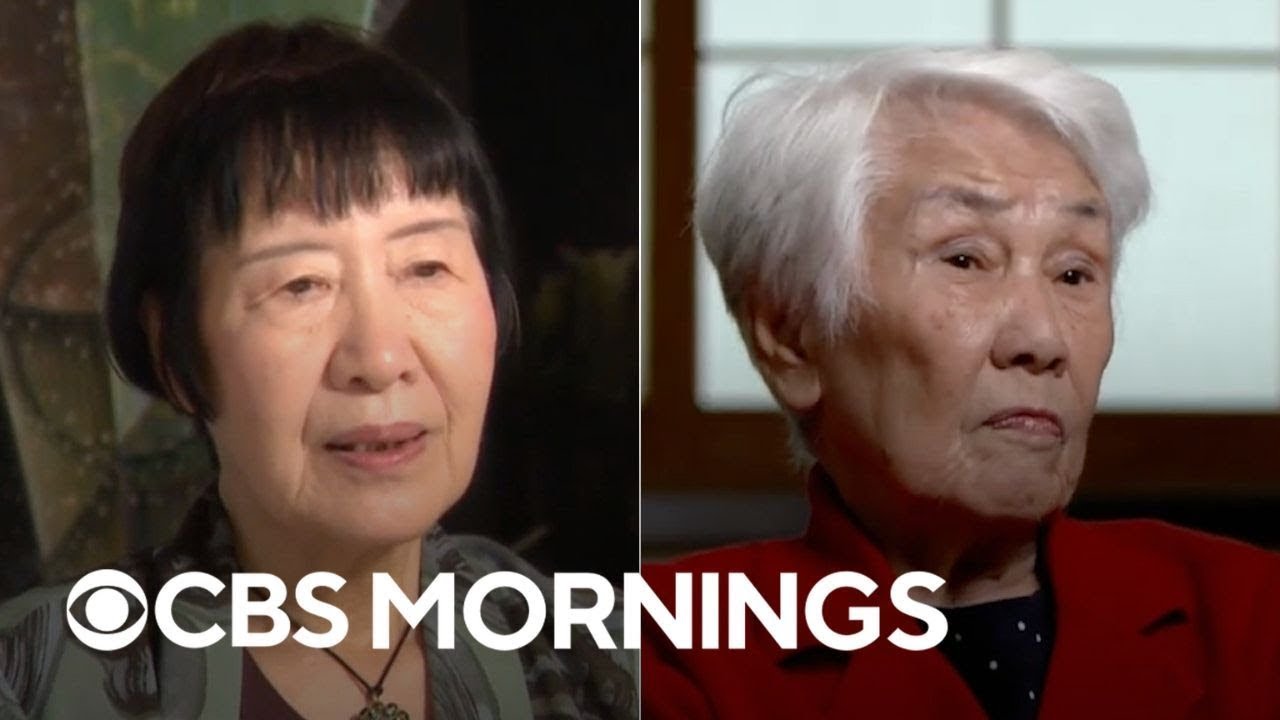
Hiroshima atomic bomb survivors share their stories
Hiroshima Survivors Alive Today
According to a May 2023 Al Jazeera report, Hiroshima had a population of 350,000 in 1945 before its bombing.
After the atomic bomb hit the city, it was estimated that the total number of people who died reached 140,000 by the end of 1945.
The Japanese Ministry of Health, based on the same report, made a count of the survivors of Hiroshima in 2021: approximately 42,000 (those who are still residing in the city).
Their average age (in 2021): 84.
Some of the survivors:
| Name/Age | Age when Hiroshima was Bombed |
| Toshiyuki Mimaki (80 in June 2022) | 3 |
| Sadae Kasaoka (90 in May 2023) | 12 |
| Ikue Suzuki (95 in August 2022) | around 17-19 |
| Toshiko Tanaka (84 in May 2023) | 6 |
The survivors of Hiroshima embody the call for a world free from the shackles of nuclear terror.
Their existence demands that we remember, not to perpetuate the cycle of destruction, but to strive for understanding, empathy, and lasting peace.
People Also Ask
What Does The Use Of The Term Hibakusha Indicate?
The Japanese term hibakusharefers to the survivors of the atomic bombing of the cities of Hiroshima and Nagasaki.
Who Was The Japanese Survivor Of Both Atomic Bombs?
Tsutomu Yamaguchi (1916-2010) survived the Hiroshima and Nagasaki bombings (only three days apart) in 1945.
He was 29 during the atomic bombings of the two cities and was part of Mitsubishi as a naval engineer, according to India Times. Yamaguchi passed away at the age of 93.
Was Hiroshima Worse Than Nagasaki?
According to a document published by Yale Law School on its website, it appears that the destruction in Hiroshima was more overwhelming compared to that in Nagasaki.
Nearly all structures in Hiroshima were entirely in ruins.
Final Thoughts
The survivors of Hiroshima are not just a chapter in history: they are a living legacy of resilience, courage, and hope.
Their stories must forever echo in the deepest recesses of our hearts, urging us to create a world where love triumphs over hate, and the shadows of war are replaced by the light of peace.
Hiroko Hatakeyama, who was six when the Hiroshima bombing happened, told The Guardian in 2015:
“„I barely have the energy to campaign these days, and I’m no longer scared of dying. But . . . I realize that it’s our duty as survivors to carry on for as long as possible, to honor the memory of those who are no longer with us.- Hiroko Hatakeyama
Let the survivors of Hiroshima and their stories inspire us to stand united, vowing to prevent such tragedies from ever casting their shadow over humanity again.

Elisa Mueller
Author
Elisa Mueller, a Kansas City native, grew up surrounded by the wonders of books and movies, inspired by her parents' passion for education and film.
She earned bachelor's degrees in English and Journalism from the University of Kansas before moving to New York City, where she spent a decade at Entertainment Weekly, visiting film sets worldwide.
With over 8 years in the entertainment industry, Elisa is a seasoned journalist and media analyst, holding a degree in Journalism from NYU. Her insightful critiques have been featured in prestigious publications, cementing her reputation for accuracy and depth.
Outside of work, she enjoys attending film festivals, painting, writing fiction, and studying numerology.
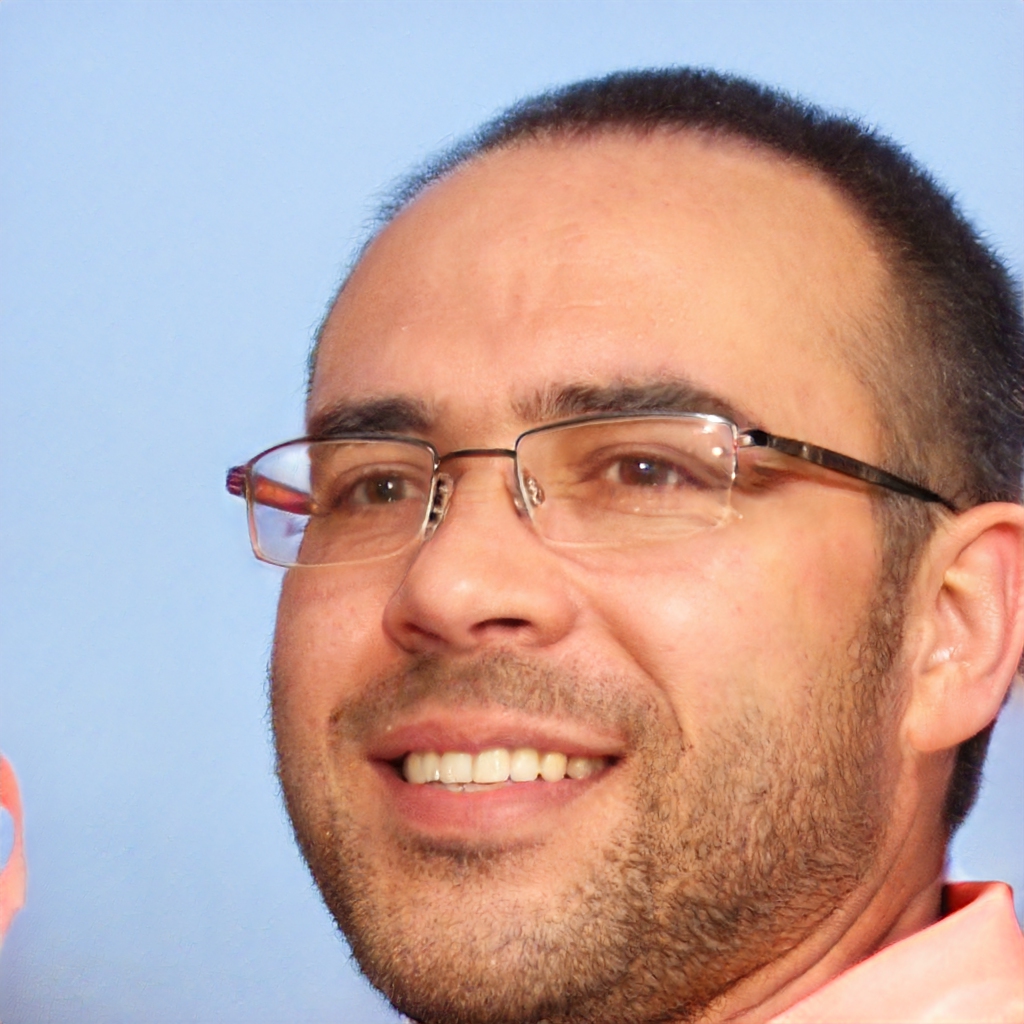
Iram Martins
Reviewer
Iram Martins is a seasoned travel writer and explorer with over a decade of experience in uncovering the world's hidden gems. Holding a Bachelor's degree in Tourism Management from the University of Lisbon, Iram's credentials highlight his authority in the realm of travel.
As an author of numerous travel guides and articles for top travel publications, his writing is celebrated for its vivid descriptions and practical insights.
Iram’s passion for cultural immersion and off-the-beaten-path adventures shines through in his work, captivating readers and inspiring wanderlust.
Outside of his writing pursuits, Iram enjoys learning new languages, reviewing films and TV shows, writing about celebrity lifestyles, and attending cultural festivals.
Latest Articles
Popular Articles

